12 Veggies and Herbs That Grow Amazingly Well Indoors All Winter
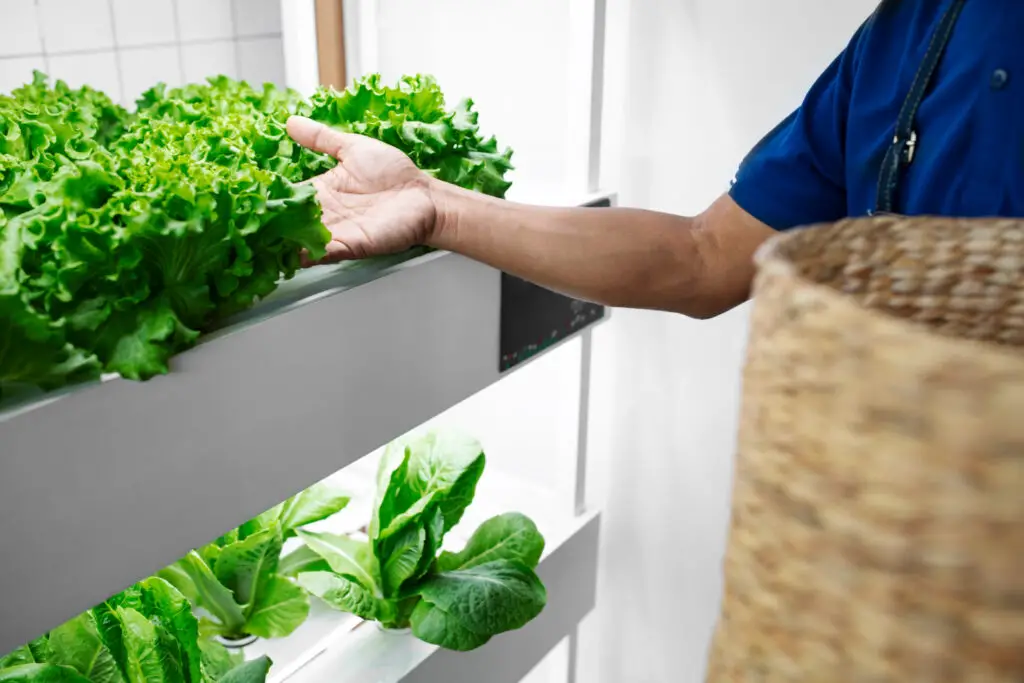
There is something magical about walking into your kitchen on a frosty winter morning and seeing a pot of green, thriving plants right by the window. While the outdoors might be buried in snow and ice, your home can stay vibrant with fresh flavors if you know what to grow. Indoor gardening during the winter is not just about keeping busy until spring—it is about filling your kitchen with ingredients that add freshness, nutrition, and even a little cheer to your meals.
The good news? You do not need a greenhouse or a big setup to make it work. Many vegetables and herbs adapt beautifully to life indoors, even when the days are short and the nights are long. With just a few pots, a sunny windowsill, or a small grow light, you can keep your meals packed with homegrown goodness all season. Let us dive into 12 veggies and herbs that are almost tailor-made for indoor growing during winter.
1. Leafy Lettuce
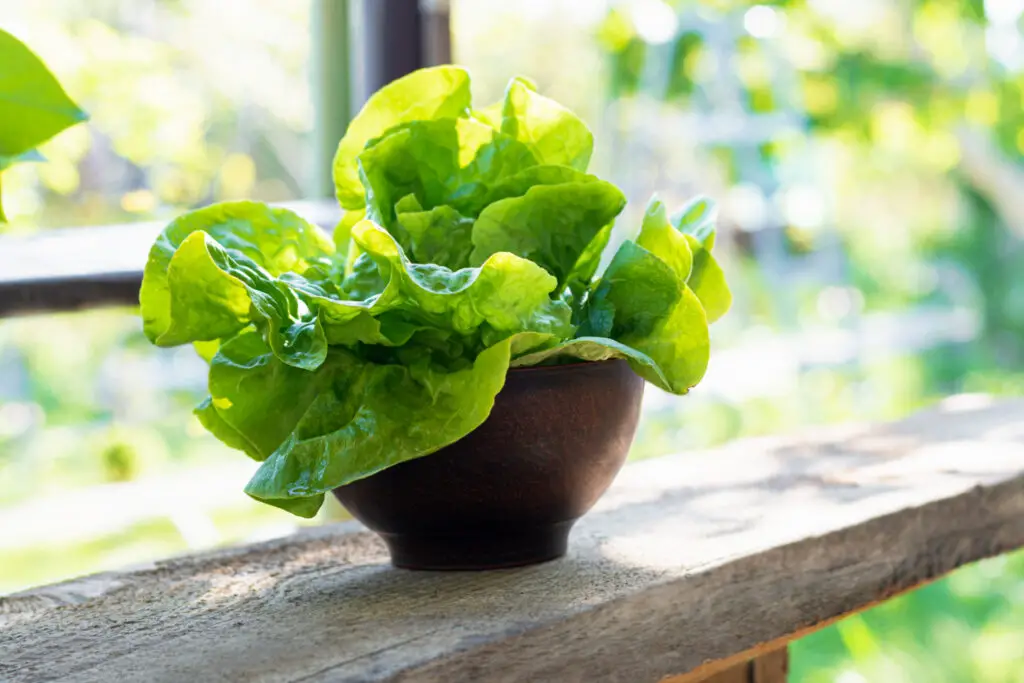
Lettuce is one of the easiest greens to grow indoors, making it a favorite for beginners. Varieties like butterhead, romaine, or loose-leaf mixes thrive in shallow pots, and you can harvest leaves as you need them. Known as “cut and come again,” this style of harvesting means your lettuce keeps giving for weeks. Keep the soil moist but not soggy, give the plants about 10 to 12 hours of light daily, and you will have a steady supply of fresh salad greens right at your fingertips.
2. Spinach
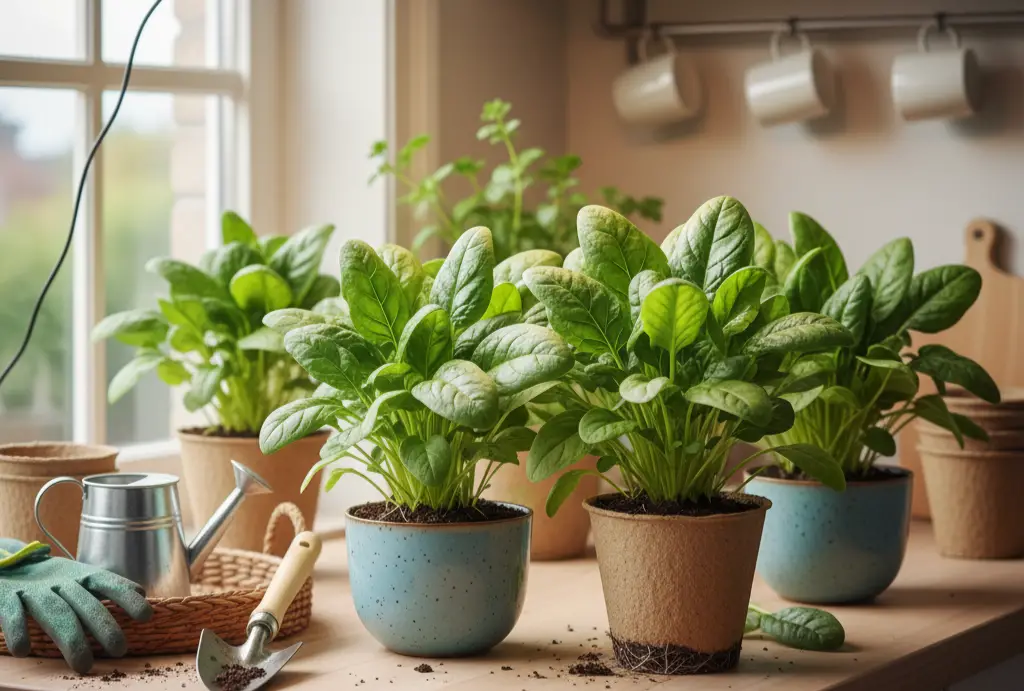
Spinach is a cool-weather superstar, and it does very well indoors during the winter months. Compact in size and relatively forgiving, spinach can be grown in pots that do not take up much space. As long as it gets good light, you can harvest baby leaves for fresh salads or wait a little longer for larger leaves that are perfect for soups and sautés. It is a nutrient-dense option that makes winter meals more satisfying and healthy.
3. Arugula
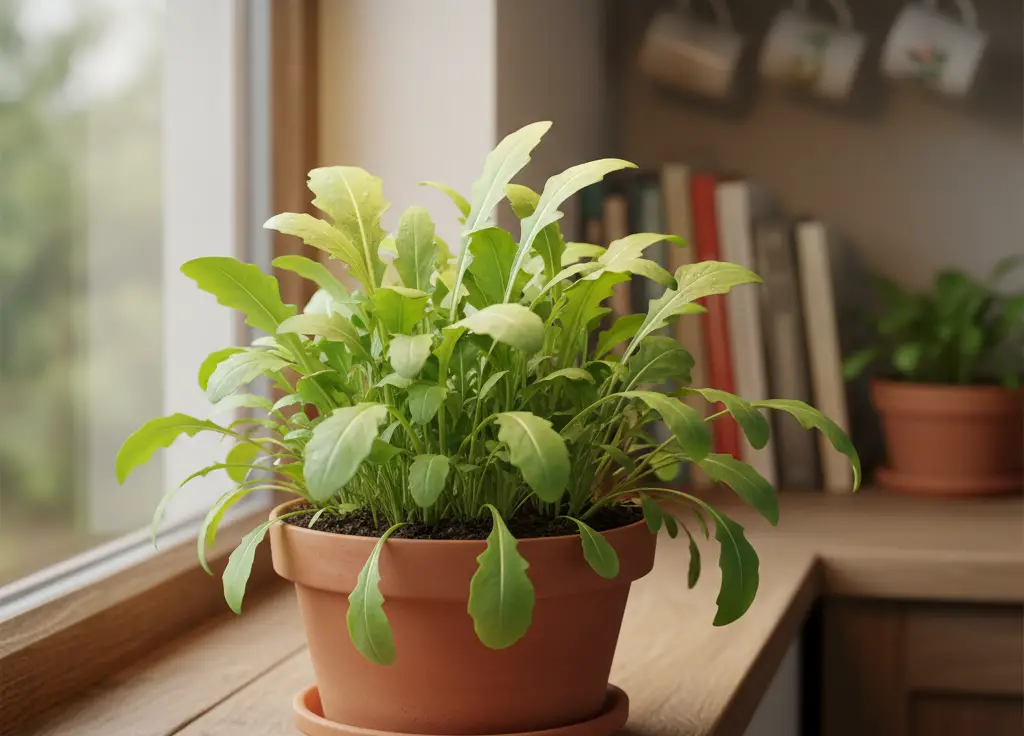
If you enjoy a peppery bite in your salad or sandwiches, arugula is an excellent choice for indoor growing. It germinates quickly, grows fast, and does not require deep soil. In just a few short weeks, you will have fresh greens ready for harvest. Planting seeds every couple of weeks ensures a continuous supply all winter long. Because it thrives in cooler conditions, arugula feels right at home in an indoor winter garden.
4. Microgreens
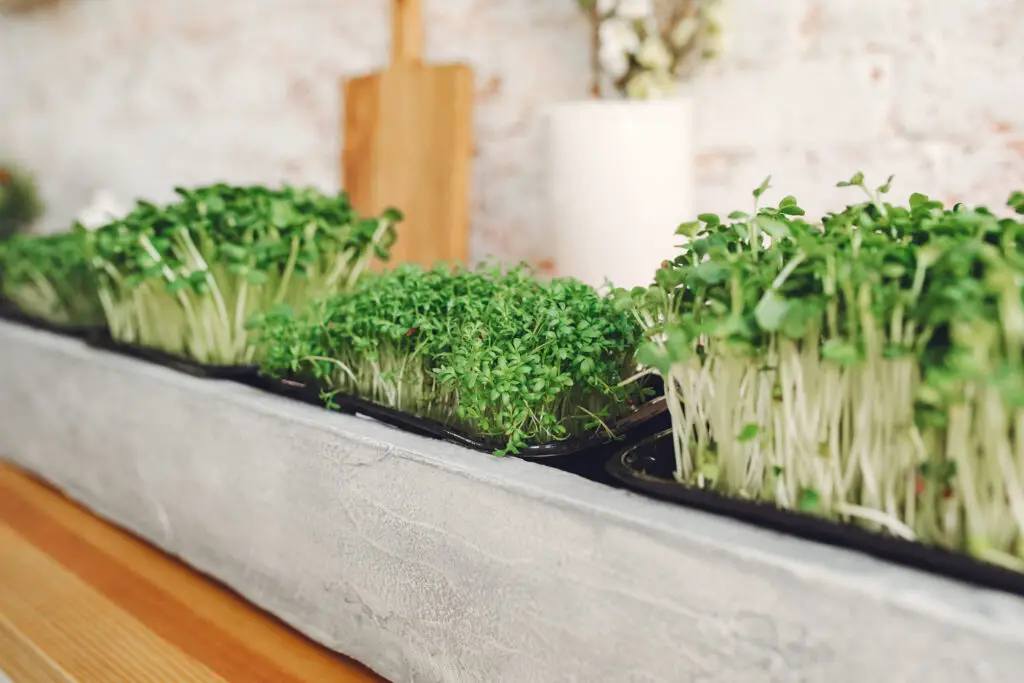
Microgreens are a fantastic way to grow a lot of flavor in very little space. You can choose from a wide range of seeds such as kale, mustard, radish, or basil, and within two to three weeks you will have a tray of tender, nutrient-packed greens. These little plants are simple to care for and provide a quick sense of accomplishment, especially in the middle of winter when fresh produce is scarce. Sprinkle them on sandwiches, soups, or stir-fries for an instant upgrade.
5. Chives
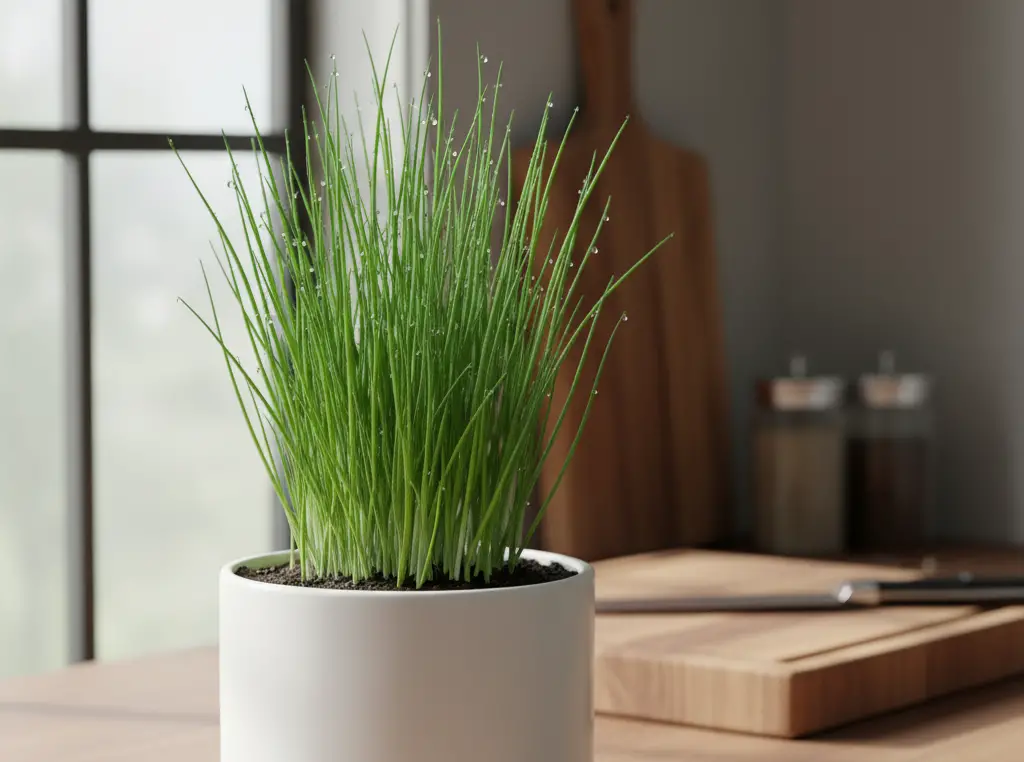
Chives are one of the most reliable herbs to grow indoors. They are low-maintenance, tolerate less light than many other herbs, and come back quickly after each harvest. Their mild onion flavor adds a fresh kick to eggs, soups, and baked potatoes. Plant them in a modest-sized pot, place them in a bright spot, and snip as needed. With just a little care, chives can keep producing all winter long.
6. Parsley
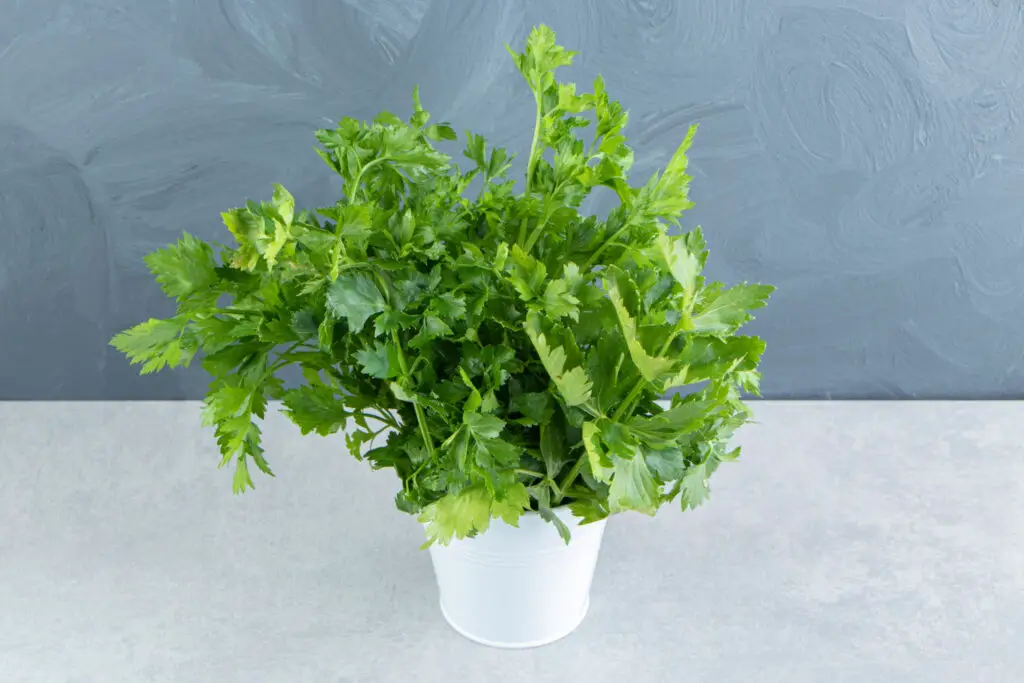
Parsley takes a bit of patience in the beginning since it is slow to sprout, but once established, it becomes a dependable herb for indoor use. Flat-leaf parsley usually does better than curly varieties indoors, thanks to its broader leaves that capture more light. Keep it in a pot with good drainage, water consistently, and give it a sunny location. Fresh parsley is perfect for garnishing dishes, adding flavor to soups, or blending into sauces like chimichurri.
7. Basil
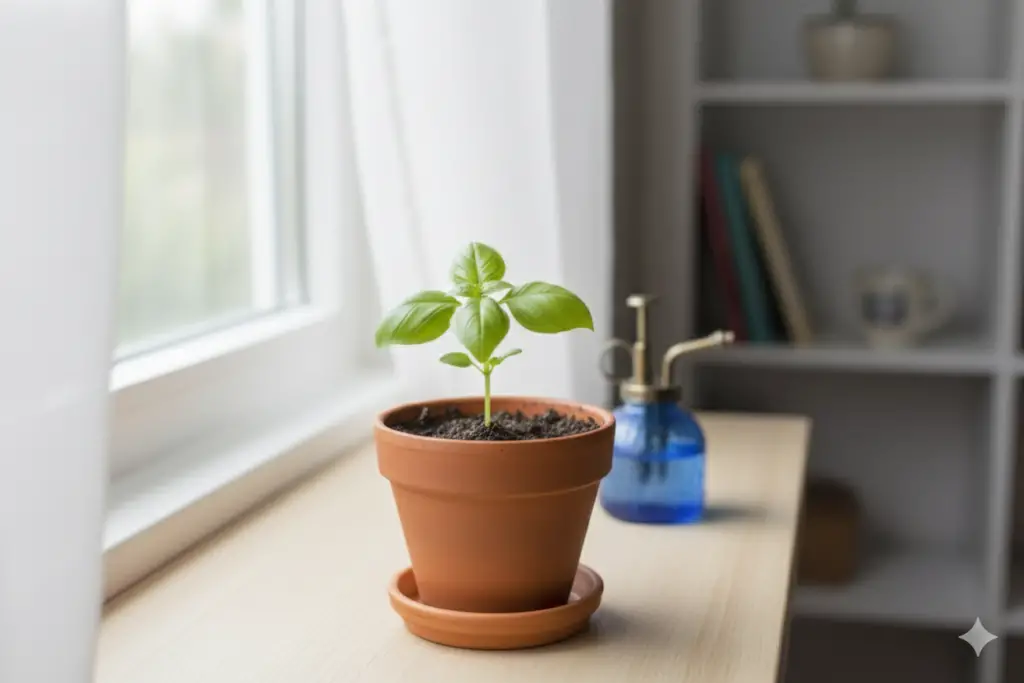
Basil is a favorite herb, but it can be slightly trickier to keep happy indoors in winter. It needs plenty of light—at least 12 hours a day—and appreciates a little extra humidity since indoor air can get very dry. The secret to success is pinching back the stems often to keep the plant bushy rather than tall and spindly. Even a few fresh basil leaves can elevate pasta, pizza, or soups, making it worth the effort to grow inside.
8. Oregano
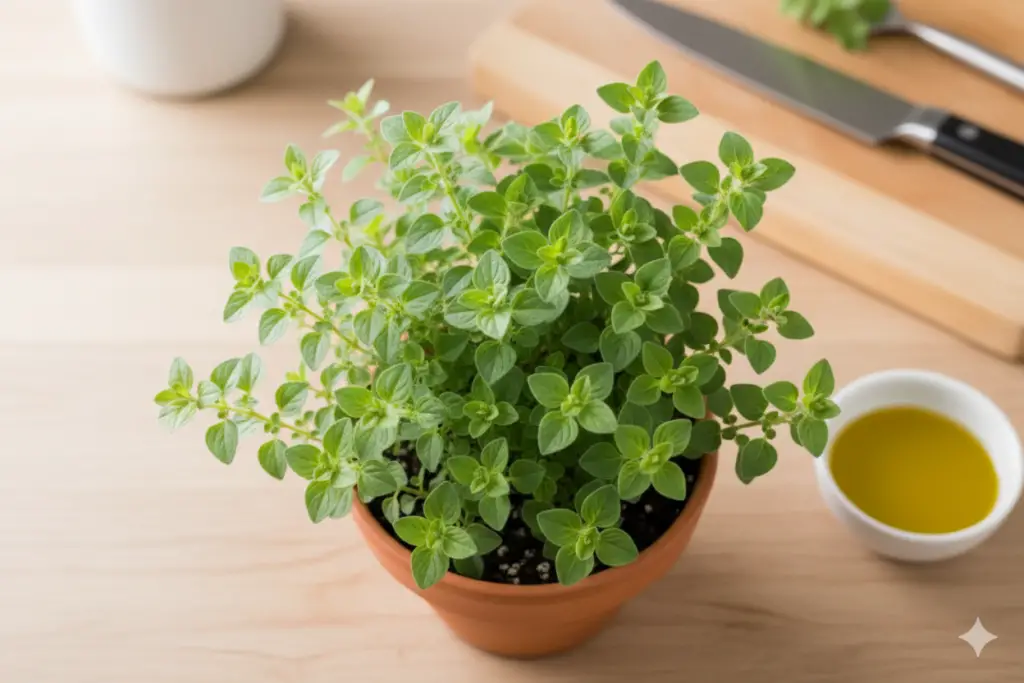
Oregano is a sturdy and fragrant herb that thrives indoors with minimal fuss. It prefers bright light but can tolerate less than some herbs, and it grows well in pots as long as the soil has good drainage. Oregano can handle being slightly dry between waterings, so it is less likely to suffer if you forget to water for a day or two. Snip leaves as you cook, and enjoy the earthy flavor it brings to sauces, roasted vegetables, and homemade pizza.
9. Thyme
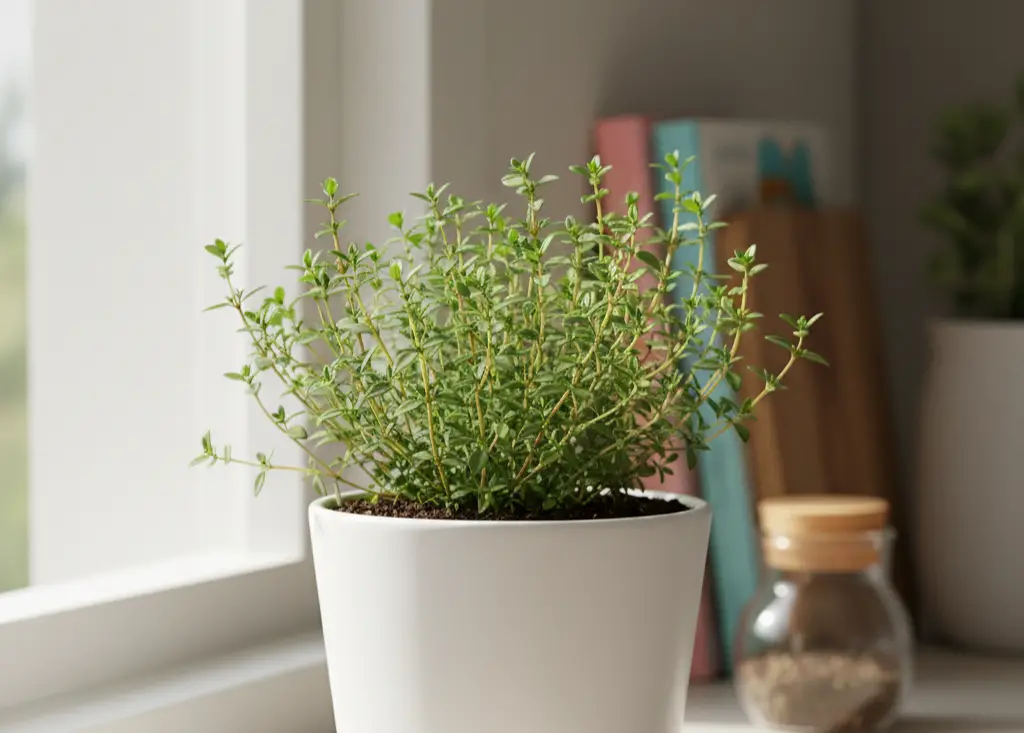
Thyme is an easygoing herb that fits seamlessly into an indoor garden. Its compact growth habit makes it perfect for small spaces, and it pairs well with almost every winter dish—from roasted chicken to hearty stews. Thyme prefers bright light and well-drained soil, and it does not need constant watering. Regular trimming keeps it healthy and ensures a steady supply of fresh sprigs for your cooking adventures.
10. Rosemary
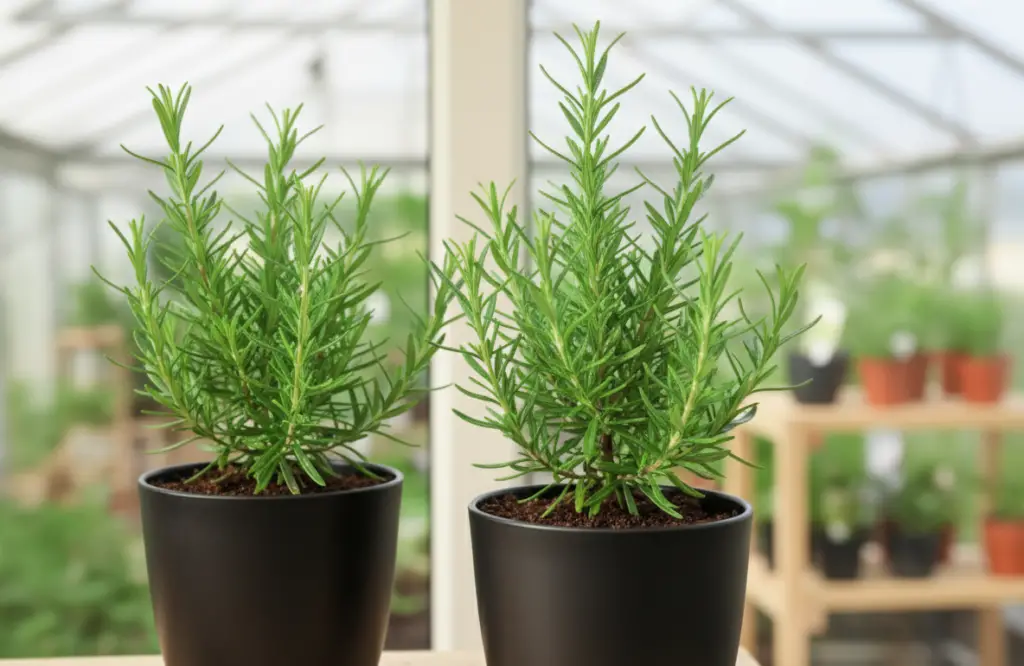
Rosemary can be a little picky indoors, but with the right setup, it can flourish throughout winter. It needs a bright, sunny location and does best when the soil is allowed to dry slightly between waterings. Too much moisture can lead to root problems, so a careful balance is key. Its fragrant needles are worth the effort, adding bold flavor to roasted potatoes, poultry, and bread. Having a pot of rosemary nearby is like bringing a piece of the Mediterranean into your home.
11. Garlic Greens
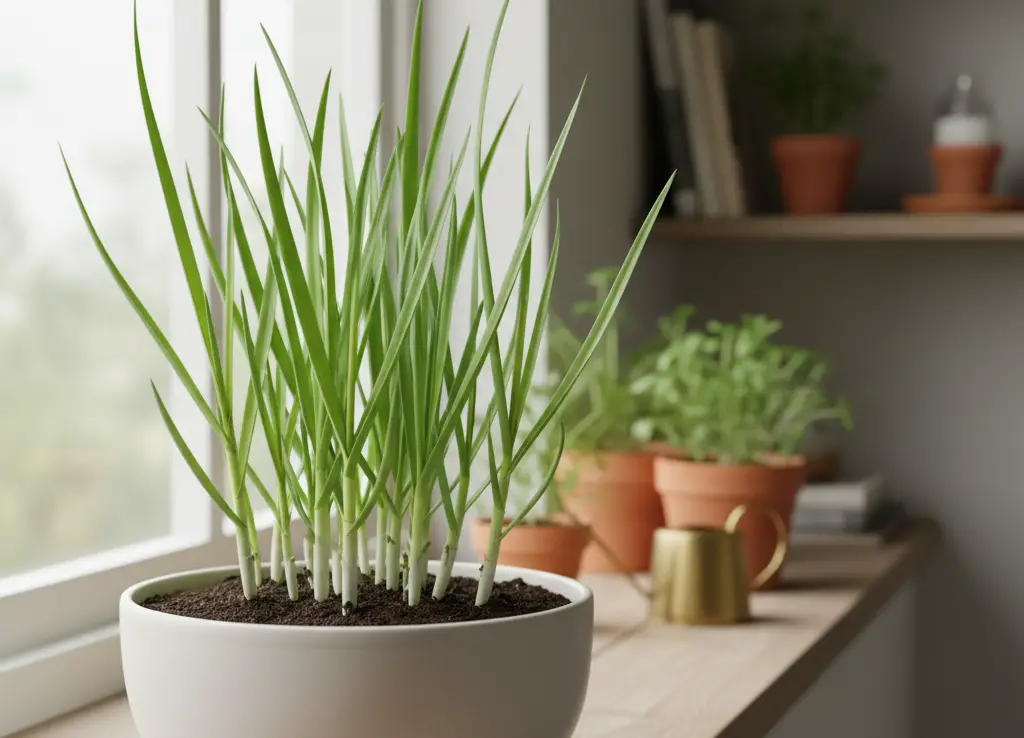
Growing full garlic bulbs indoors can be difficult, but garlic greens are an easy and flavorful alternative. Plant a few cloves in a pot of soil, and in just a few weeks you will see green shoots that look like scallions. These shoots carry a milder version of garlic flavor and can be snipped to use in stir-fries, salads, or as a garnish. It is a fun and fast way to get that beloved garlic taste without waiting months for a full bulb.
12. Radishes
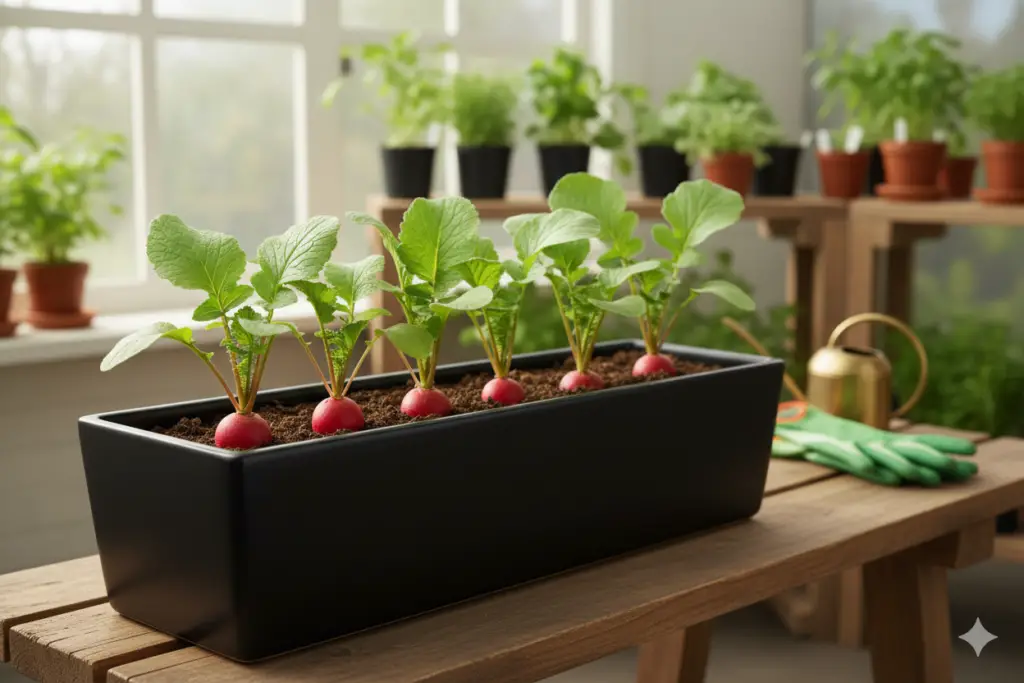
Radishes may surprise you, but certain small, fast-growing varieties do well indoors. They do not need deep containers, and their short growth cycle makes them a rewarding winter project. With proper light and loose soil, you can enjoy crisp, spicy radishes even while the garden outside sleeps under a blanket of snow. Watching the little roots form beneath the soil can be a satisfying reminder that spring will eventually come back.
Final Thoughts
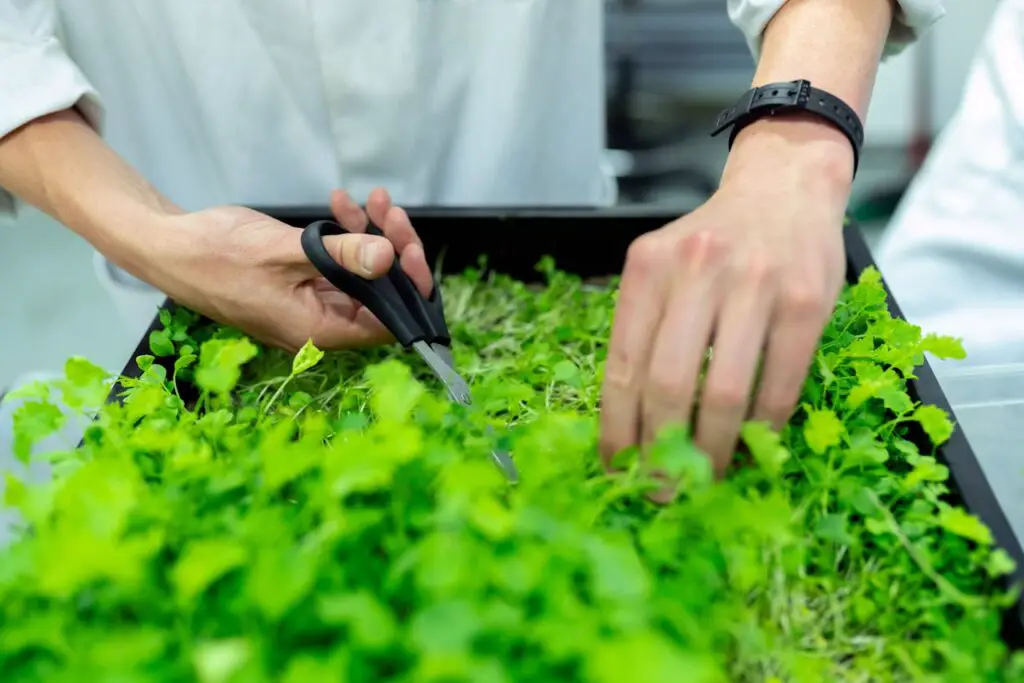
Winter does not have to mean bland meals or a kitchen full of store-bought herbs. By choosing the right veggies and herbs, you can enjoy a fresh harvest even while the weather outside feels anything but friendly. The best part is that indoor gardening brings more than just food—it brings joy, greenery, and the comfort of knowing you can create something nourishing right at home.
Start small, maybe with a pot of chives or parsley on your windowsill, and build from there. Soon enough, you will have your own little indoor garden oasis. So while the world outside hibernates, you can keep your home alive with flavor, fragrance, and a touch of green.
Leave a Reply